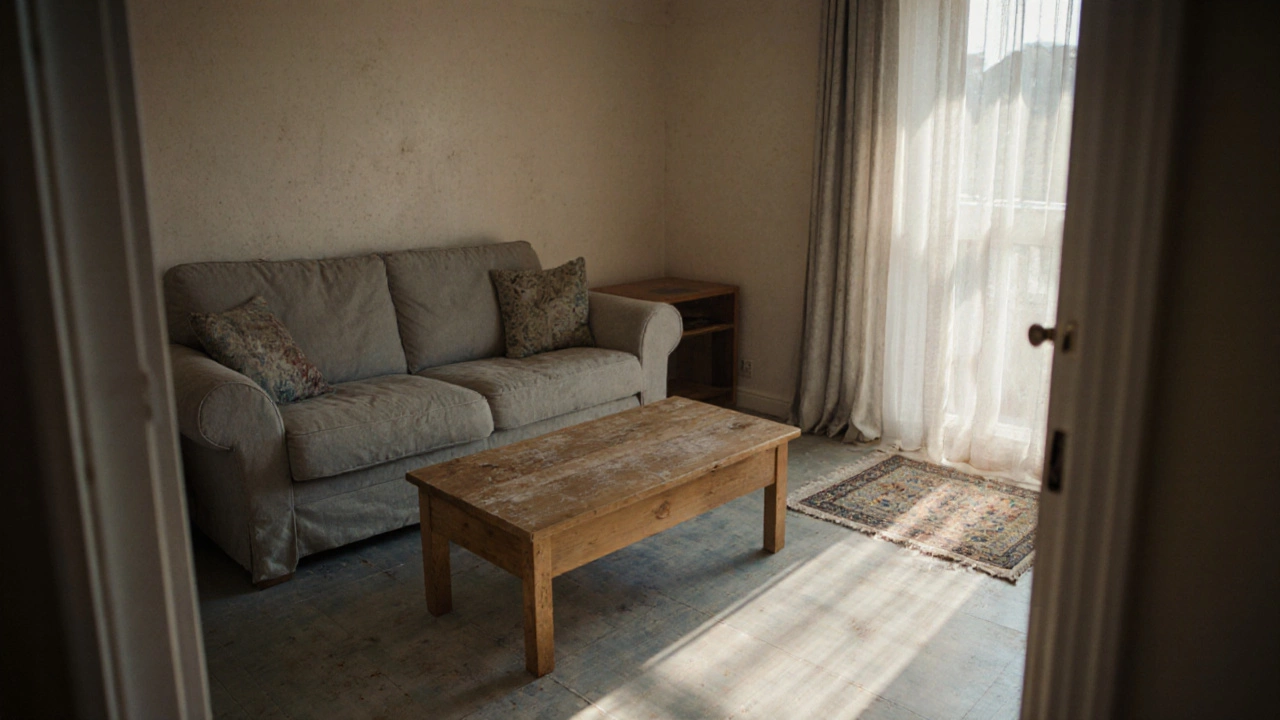Property Depreciation and the Real Cost of Keeping Your Space Fresh
When talking about Property Depreciation, the loss of value a building or asset experiences over time due to factors like age, usage, and condition. Also known as asset depreciation, it directly ties to Wear and Tear, the gradual damage caused by everyday activities and environmental exposure, Maintenance, the routine tasks that keep a property functional and safe and Cleaning Services, professional care that removes dirt, grime and contaminants. Understanding these connections helps you see why a well‑kept property holds its value longer.
First up, Wear and Tear isn’t just a vague excuse landlords use. It shows up as cracked paint, worn flooring, or rusted fittings. Those signs signal that the building’s structure is aging faster than it should. If you ignore them, the depreciation curve steepens, meaning lower resale price or higher repair bills. Simple fixes—like sealing gaps, repainting high‑traffic walls, or swapping out corroded fixtures—slow that curve. Think of it as a tiny investment that pays back in preserved value.
Next, regular Maintenance, scheduled inspections, servicing of HVAC, plumbing and electrical systems acts like a health check for your property. A well‑maintained boiler runs efficiently, a serviced roof resists leaks, and cleaned gutters prevent water damage. All of these actions reduce unexpected breakdowns, which are costly and accelerate depreciation. The trick is to set a calendar: quarterly HVAC checks, annual roof inspections, and a semi‑annual review of sealed windows. Sticking to that plan can shave years off the depreciation timeline.
Then there’s the often‑overlooked power of Cleaning Services, professional deep‑cleaning that removes embedded grime, mold and allergens. When a property looks spotless, it not only feels better to live in but also protects surfaces from long‑term damage. For instance, regular pressure washing removes lichen that can eat away at brickwork. Eco‑friendly cleaning agents prevent chemical wear on finishes, which aligns with Environmental Cleaning, cleaning practices that minimize ecological impact while preserving material integrity. Choosing green products means you avoid harsh residues that degrade paint or wood over time.
Putting it all together, the relationship looks like this: Property Depreciation encompasses Wear and Tear, requires ongoing Maintenance, and can be mitigated by Cleaning Services. In turn, Environmental Cleaning influences the effectiveness of those services, reducing chemical wear and extending the life of surfaces. This chain of cause and effect shows why a holistic approach—addressing physical damage, routine upkeep, and smart cleaning—keeps your asset’s value from eroding too quickly.
Practical Steps to Slow Depreciation
Start by doing a quick walk‑through of each room. Spot any stains, peeling paint, or rust. Jot them down, rank by severity, and schedule fixes. Next, book a professional cleaning once a year; ask them to use biodegradable products for best results. Finally, set reminders for major system checks—boiler, roof, gutters—and stick to them. These three habits create a feedback loop: cleaner spaces need less repair, and fewer repairs mean slower depreciation.
Ready to dive deeper? Below you’ll find articles that break down the exact chemicals for pressure washing, how to choose eco‑friendly pre‑wash sprays, the science behind vinegar vs hydrogen peroxide, and many more hands‑on tips. Each piece gives you actionable insight to protect your property’s worth while keeping it looking great.

Understanding Excessive Wear and Tear in Your Home
Learn how to identify and manage excessive wear and tear at home, with clear signs, prevention tips, and a checklist for renters and owners.
Read More